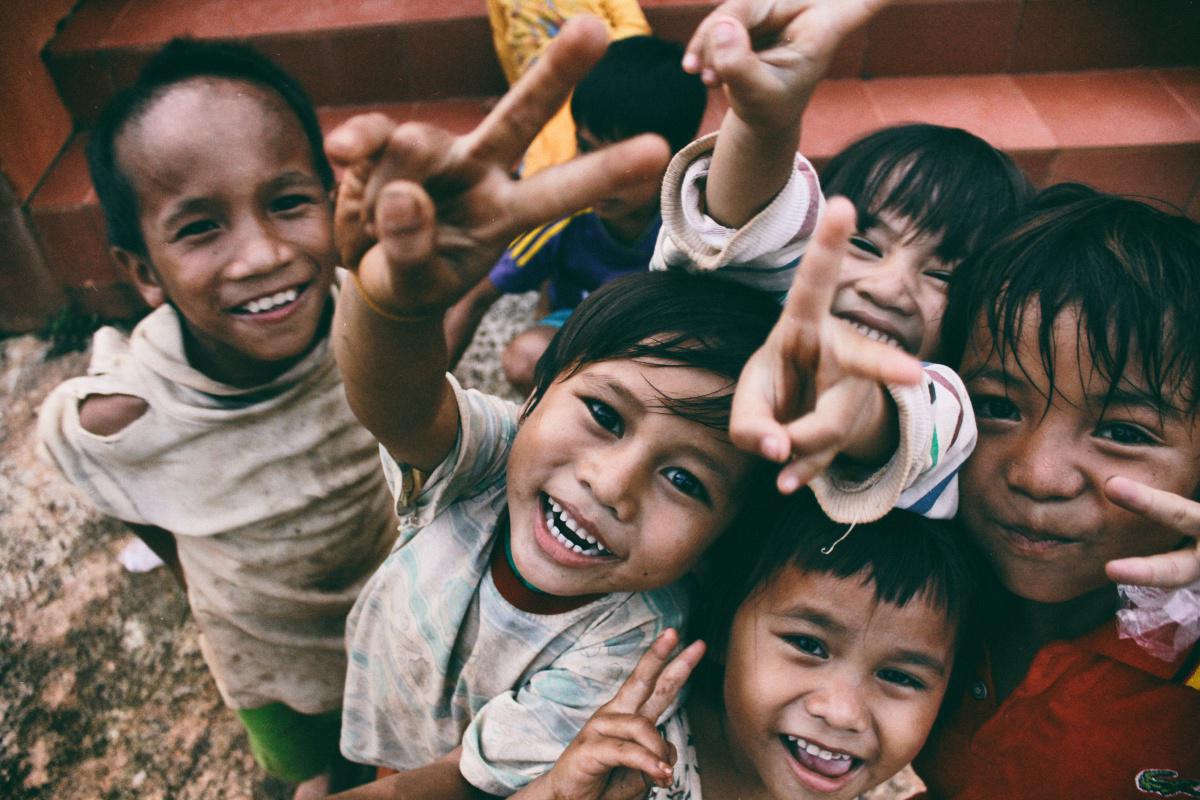CLICK SHOP DONATE: Leveraging online shoppers to increase donor funding. (Reblogged from MDG Review 2012)
CSD has negotiated with over 4,500+ brand name retailers in all areas of e-commerce, ranging from grocery companies to travel giants and everything in between.
As we neared the 2015 marker for the Millennium Development Goals, technology trends like online shopping opened powerful new avenues for donations to NGOs, IGOs and charitable organizations worldwide. Click Shop Donate (“CSD”) provides nonprofits an effortless way to develop a funding stream from existing and new donors. The program is free of charge to charitable organizations.
In many online purchases, there are built-in referral fees or commissions that often go unclaimed. CSD captures these fees for the charity. CSD sets up a shopping page on the charity website, matching its look and feel. As an approved affiliate for over 4,500 online shopping outlets, CSD unlocks access to an exploding market and passes 80–90% of transaction fees back to the nonprofit. With one click on the charity’s page, donors and supporters shop directly with familiar retailers.
Shoppers pay the same price, keep all their rights, and buy exactly as usual. The difference? The retailer pays a commission that is donated to the charity. CSD retains 10–20% of these fees to fund the program and provide each charity with a personal marketing consultant to help drive traffic.
Transaction fees typically range 3%–6% of purchases. That adds up. For perspective:
-
Cyber Monday 2011 hit a record $1.25 billion in US online sales.
-
Even 3% of that is $37.5 million in one day.
-
-
The global online shopping boom is accelerating:
-
The US online retail market was forecast to reach $269 billion by 2015.
-
Online shoppers in the US alone grew from 140 million in 2010 to 170 million in 2015.
-
Mobile and social media are further exploding this space:
-
87% of the world’s population already has mobile phones.
-
Smartphone sales jumped 63% in 2011, with nearly 500 million devices sold.
-
Apps and mobile price-comparison tools are becoming the norm.
How it works for charities
The CSD program can be broad (supporting general fundraising) or tightly focused on a specific mission — from building schools to malaria prevention or HIV/AIDS education. Charities can promote their CSD page through direct mail, newsletters, ads, and social media. NGOs use Facebook® and Twitter® to keep donors engaged — adding Click Shop Donate gives them something new to “Like” and “Tweet” about, spreading the impact virally.
Employees can also shop through their charity’s CSD page, instantly creating a new internal funding stream.
See it in action:
WHAT’S YOUR STORY?
Together we can change the world.




